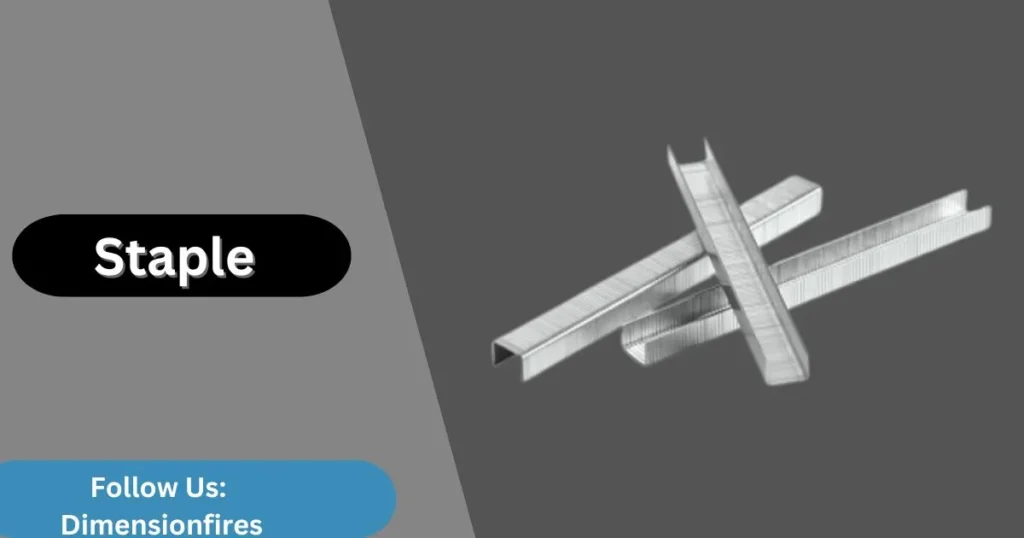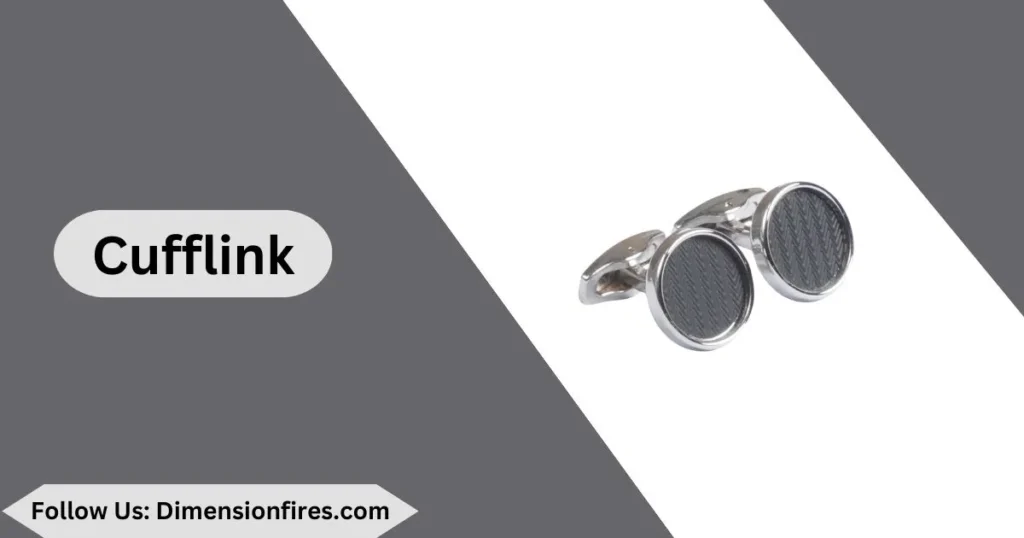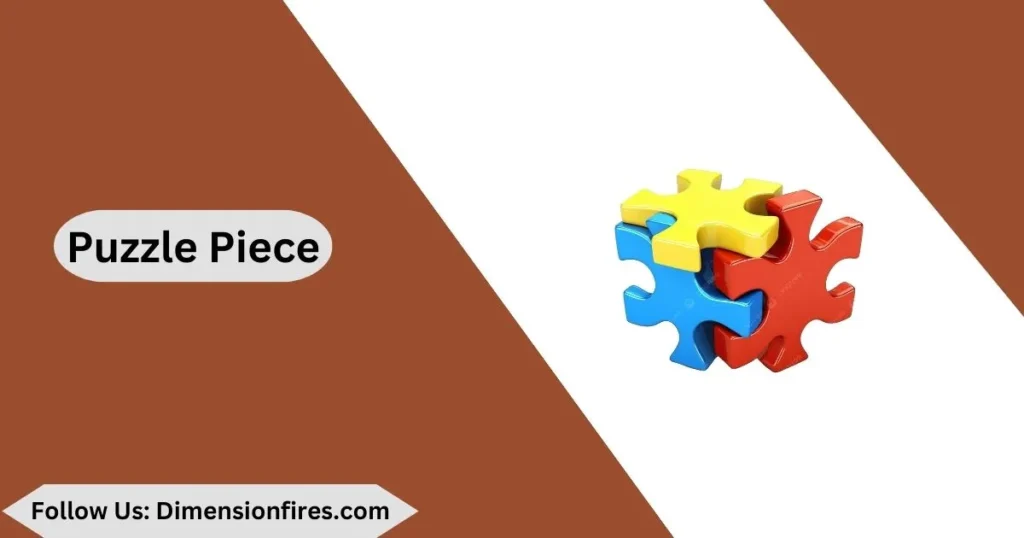When you come across a measurement like 1 centimeter, you might wonder just how small it really is. One centimeter may seem tiny, but it’s a length that shows up more frequently than you might expect in daily life. It’s roughly the width of a staple, the thickness of a pen, or even the height of a smartphone SIM card. This modest measurement is relevant in fields like crafts, design, and various day-to-day tasks.
In this comprehensive guide, we’ll explore 11 common objects that are around 1 centimeter long, helping you better understand and visualize this measurement in real-world terms.
Table of Contents
What Do You Mean by 1 Centimeter Long?
When someone refers to something as being 1 centimeter long, they’re talking about a length equivalent to 10 millimeters or approximately 0.39 inches. The centimeter is a standard unit of measurement in the metric system, which is widely used around the world.
While 1 centimeter might sound insignificant, it becomes more relatable when you compare it to familiar objects.
How Long is 1 Centimeter Visually?
To visualize 1 centimeter, you can think of the width of a staple, the thickness of a pencil eraser, or the diameter of a button on a remote control. These everyday items provide a useful reference point, making the concept of centimeters more concrete. By comparing 1 centimeter to objects we frequently use, it becomes easier to grasp how small this measurement really is.
How Can it Be Measured Without a Ruler?
If you don’t have a ruler handy, there are still plenty of ways to measure 1 centimeter using common household objects. For instance, the width of a standard fingernail is about 1 centimeter, making it a quick and handy reference.
Similarly, the thickness of a standard pencil is also about 1 centimeter, so holding a pencil sideways can help you approximate this length.
Coins can also serve as a rough measure: for example, the thickness of a U.S. dime is just about 1 millimeter, so stacking 10 dimes would roughly equal 1 centimeter.
11 Things Equal to 1 Centimeter
- Staple
- Pencil eraser
- Button on remote control
- SIM card
- Bead
- Paperclip
- Cufflink
- Button on shirt
- Puzzle piece
- Nail
- USB connector
Staple Width

The width of a standard metal staple is approximately 1 centimeter, making it an easy reference point for this measurement. Staples are widely used in offices, schools, and homes.
Width of a Staple: Staples are about 1 centimeter wide.
Pencil Eraser Thickness

The thickness of a standard pencil eraser is roughly 1 centimeter, making it a good visual reference for understanding this small measurement.
Thickness of a Pencil Eraser: Pencil erasers are about 1 centimeter thick.
Button on Remote Control
The diameter of a small button on a TV remote control is around 1 centimeter, making it a familiar object to compare.
Diameter of Remote Button: Remote buttons are typically 1 centimeter in diameter.
SIM Card Height

A standard smartphone SIM card is about 1 centimeter in height, making it a convenient reference for understanding this length.
Height of a SIM Card: SIM cards are around 1 centimeter tall.
Bead Diameter

The diameter of a small craft bead is usually around 1 centimeter, making it an easy-to-visualize example of this length.
Diameter of a Bead: Beads are often about 1 centimeter wide.
Paperclip Width

The width of a standard paperclip is approximately 1 centimeter, providing another everyday item for comparison.
Width of a Paperclip: Paperclips are about 1 centimeter wide.
Cufflink Diameter

A typical cufflink is about 1 centimeter in diameter, making it a stylish and practical reference for this small measurement.
Diameter of Cufflink: Cufflinks are often around 1 centimeter wide.
Button on Shirt

The diameter of a small button on a shirt is typically around 1 centimeter, making it another common item that represents this length.
Diameter of Shirt Button: Shirt buttons are about 1 centimeter in diameter.
Puzzle Piece Thickness

The thickness of a cardboard puzzle piece is often close to 1 centimeter, making it a good reference for visualizing this measurement.
Thickness of Puzzle Piece: Puzzle pieces are about 1 centimeter thick.
Nail Width

The width of a small nail used for picture hanging is about 1 centimeter, providing a handy measurement reference.
Width of Nail: Small nails are roughly 1 centimeter wide.
USB Connector Thickness

The thickness of a USB connector is about 1 centimeter, making it an everyday tech item that matches this measurement.
Thickness of USB Connector: USB connectors are about 1 centimeter thick.
How Long is 1 Centimeter: Measurement at Home
At home, 1 centimeter can be visualized by looking at the thickness of a kitchen knife blade or the width of a zipper pull. These small, everyday items are often close to this measurement, making it easy to estimate small lengths while working on household projects.
How Long is 1 Centimeter: Measurement While Traveling
While traveling, you might come across items that are around 1 centimeter thick, such as a key or a subway ticket. Comparing these items can help you estimate small measurements while on the go.
How Long is 1 Centimeter: Fun Facts
- Width of a Straw: The diameter of a drinking straw is often close to 1 centimeter.
- Thickness of a Coin: The thickness of a U.S. nickel is about 1.95 millimeters, so stacking five would get you close to 1 centimeter.
- Size of a Tic Tac: The width of a Tic Tac candy is roughly 1 centimeter.
Final Thoughts
Understanding how long 1 centimeter is becomes easier when you compare it to familiar objects that you see every day. Whether estimating small lengths for a craft project, measuring items at home, or simply satisfying your curiosity about everyday objects, these examples make it clear how useful this small measurement is. From pencil erasers and buttons to SIM cards and USB connectors, 1 centimeter plays a significant role in many daily tasks.




